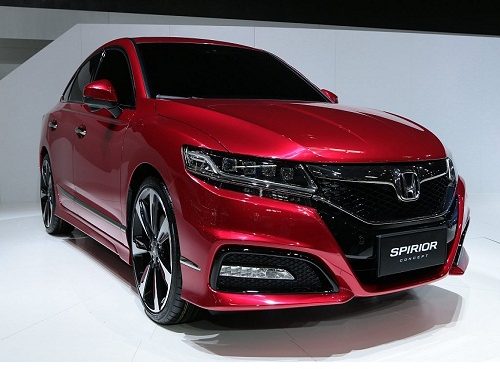Geography, automation, IoT, and cloud computing play a big part in green building design/ It doesn’t take a rocket scientist to figure out that buildings in different geographies consume energy differently.
We all know that everything from sunlight, the wind, ambient temperature, air quality, humidity and time of sunrise/sunset to the topography of a commercial building invariably affect how we use HVAC and Lighting. In other words, the location and environment of your building determine the way your building consumes energy.
And yet, there is a good chance that you have overlooked the importance of geography when planning for energy efficiency.
Has your buildings’ energy efficiency strategy been customised to your building’s location? Does your building automation system integrate the nuances of your building’s geography and the climate and use them to deliver optimal energy efficiency?
In effect, in the absence of a balanced approach, your building isn’t equipped to actively and passively reduce energy usage while maximising comfort.
How do location and climate fit into the energy savings formula?
Did you know that a 1 per cent increase in temperature leads to a 1.17 per cent hike in energy demand in hot climates? Cooler climates, on the other hand, actually reduce energy consumption as temperature increases.
Trees, landscaping, and hills can provide shade keeping buildings coolers in hot, humid climates while they act as heat insulators in cooler climates.
A building’s heating energy consumption is also directly proportional to wind speed and direction. More the wind, more the heating and cooling load. Shorter days would mean more dependence on artificial illumination, and so on.
There is no one-size-fits-all solution!
The variations in these climatic and geographic elements from one location to another make a one-solution-fits-all approach to energy management inadequate, leading to energy wastage and increased energy costs.
To combat these inefficiencies, what you need is an intelligent building automation system that understands the behaviour of your building and its dynamic environment.
It should be capable of culling insights from weather forecasts, learnt behaviour of your building and patterns of climatic changes in your building’s environment. It should combine these insights with a real-time data feed from your building to draw a unique, customised energy efficiency strategy that ensures minimal energy consumption and maximum occupant comfort.
The perfect energy management plan not only incorporates technology that’s sustainable, but it also takes the inevitable environmental elements into account. A state of the art building automation system or energy management system should be able to:
2. Harness IoT and cloud computing to maximise free cooling by predicting needs via live weather data.
This strategy significantly improves comfort by optimizing diffuser discharge air temperatures and reducing room temperature variations.
3. Democratise temperature control so that every room enjoys precise, efficient, zone-controlled comfort that is automatically adjusted to factors such as the angle of the sun, shade, weather forecasts, etc.
The system would know how to regulate airflow accordingly and ensure you get the temperature you desire without compromising comfort anywhere.
4. Examine the orientation and geographical placement of your building and combine that with the local weather forecasts and sunrise/sunset times to maintain real-time lighting schedules and ensure your system only runs when it needs to.
How do you accurately determine Building 1’s energy efficiency vs. Building 2, a similar building in another location? How do you evaluate which one is performing and what corrective measures are required?










